AI Edition
Please check all the recent information about the attractions mentioned in this itinerary before planning your visit.
Day 1:
- Eiffel Tower
- Musée du Quai Branly – Jacques Chirac
- Marais Neighborhood
- Notre-Dame Cathedral
- Seine River
Start the day at the iconic Eiffel Tower. You can take the stairs or elevator up to the top for breathtaking views of the city. The Eiffel Tower is a world-famous landmark. It was designed by Gustave Eiffel and built for the 1889 World’s Fair. The tower stands 324 meters (1,063 feet) tall, which made it the tallest man-made structure in the world at the time of its construction.
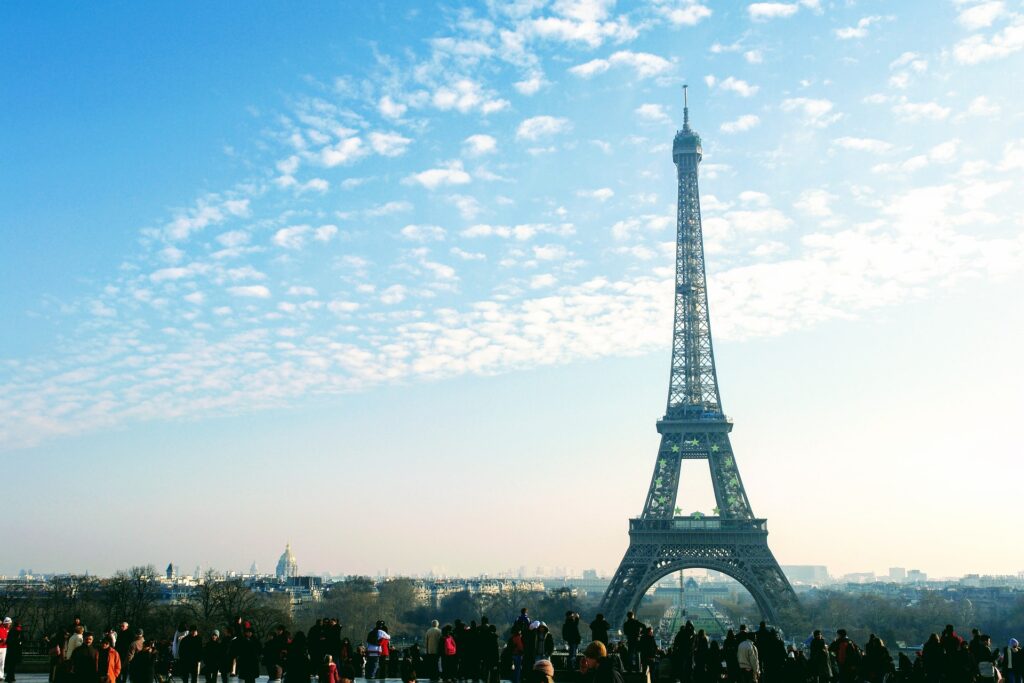
Eiffel Tower Image by Peggy und Marco Lachmann-Anke from Pixabay
The tower is made of iron and has become an iconic symbol of Paris and France, attracting millions of visitors from around the world every year. The Eiffel Tower has also been featured in many films, television shows, and books, making it one of the most recognizable landmarks in the world.

Afterward, head to the nearby Musée du Quai Branly – Jacques Chirac to learn about indigenous art and cultures from around the world. The Musée du Quai Branly – Jacques Chirac, commonly known as Quai Branly Museum, dedicated to the art and cultures of Africa, Asia, Oceania, and the Americas. It was named after Jacques Chirac, who was the President of France from 1995 to 2007, and opened to the public in 2006.
The museum’s collection comprises over 300,000 objects, including masks, sculptures, textiles, musical instruments, and other artifacts from diverse cultures and civilizations. The museum’s architecture is also notable, with its striking façade covered in plant material and its interior featuring a contemporary design that integrates natural materials and lighting.
The museum’s mission is to showcase the richness and diversity of non-European cultures, and to promote cross-cultural understanding and dialogue. It offers exhibitions, workshops, conferences, and other educational programs for visitors of all ages and backgrounds.
The Quai Branly Museum is considered one of the most important museums in the world dedicated to non-European cultures, and attracts over a million visitors each year.
Next, take a leisurely stroll through the charming streets of the Marais neighborhood, which is home to trendy boutiques, vintage shops, and great cafes. The Marais is a historic neighborhood located in the 3rd and 4th arrondissements of Paris, on the right bank of the Seine River. It is known for its beautiful architecture, narrow streets, trendy boutiques, galleries, and cafes, as well as its vibrant nightlife.

Marais Neighborhood Photo by VENUS MAJOR on Unsplash
The Marais was once a swampy area, hence the name, but it was later drained and became a fashionable district during the 17th and 18th centuries. Many of the buildings in the Marais date back to this period and feature beautiful facades with ornate details and courtyards.
Today, the Marais is a popular destination for both tourists and locals, with many attractions such as the Picasso Museum, the Carnavalet Museum, the Place des Vosges, and the Centre Pompidou, a major museum of contemporary art.
The Marais is also known for its vibrant Jewish community, and visitors can find many kosher restaurants and shops in the area. On Sundays, the streets of the Marais come alive with markets selling antiques, books, and other treasures.
Overall, the Marais is a beautiful and lively neighborhood in Paris, offering a blend of history, culture, and modernity that attracts visitors from all over the world.
Finish your day at the iconic Notre-Dame Cathedral and take a walk along the Seine River. Notre-Dame Cathedral is a world-famous cathedral located in the heart of Paris, France, on the Île de la Cité, a small island in the Seine River. It is considered one of the finest examples of French Gothic architecture and is known for its impressive size, intricate design, and historic significance.
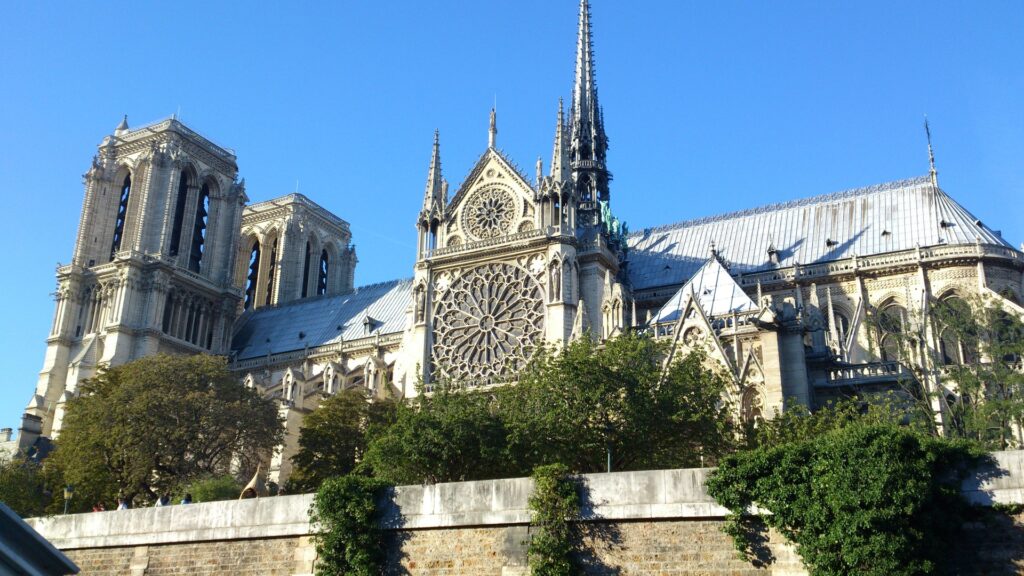
Notre-Dame Cathedral Image by stijnpeters from Pixabay
Construction of Notre-Dame began in 1163 and took over 100 years to complete. The cathedral features stunning stained-glass windows, intricate stonework, and a series of flying buttresses that support the structure. Its most iconic feature is its two towers, which stand 69 meters (226 feet) tall.
Notre-Dame has played a central role in French history and culture for over 800 years. It has hosted numerous royal coronations, including that of Napoleon Bonaparte, and has been the site of many important religious events. It is also famous for its literary associations, having been featured in Victor Hugo’s classic novel, “The Hunchback of Notre-Dame”.
In 2019, the cathedral suffered a devastating fire, causing extensive damage to the roof and spire. However, extensive restoration efforts have been undertaken. The reconstruction of Notre-Dame is going fast enough to allow its reopening to visitors and faithful at the end of 2024.
Despite the fire, Notre-Dame remains one of the most visited tourist attractions in Paris, and its significance as a symbol of French culture and heritage continues to be recognized around the world.
The Seine River is one of the most well-known rivers in France. It’s a major waterway in the northern part of the country, flowing through the capital city, Paris, and into the English Channel at Le Havre.
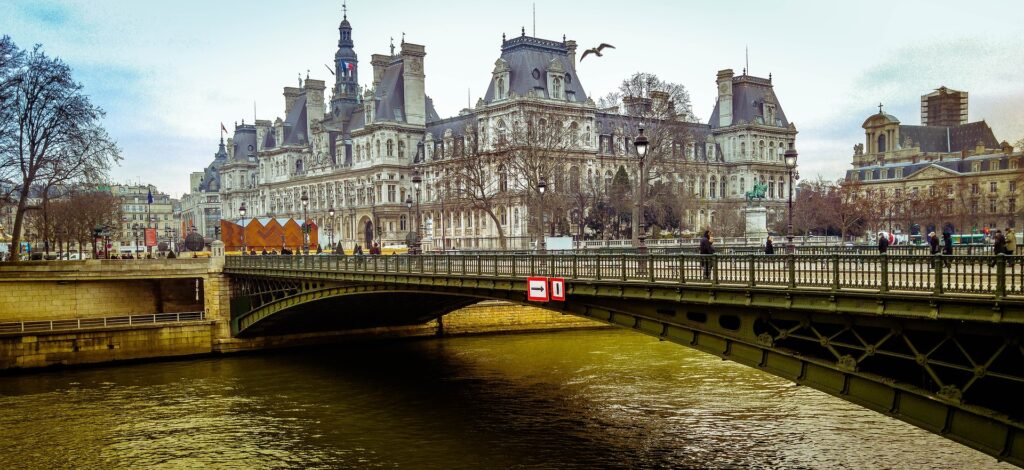
Seine River Image by Ahmet Burak Çanakcı from Pixabay
Here are some key details about the Seine River:
The Seine originates from Source-Seine, near Dijon in northeastern France, in the Langres plateau. The river flows northwest through Paris before emptying into the English Channel. The total length of the river is about 777 kilometers (483 miles).
The Seine is indelibly linked with Paris. It divides the city into two parts: the Right Bank to the north and the Left Bank to the south. Many of Paris’s most famous landmarks are located along the Seine, including the Notre-Dame Cathedral, the Louvre Museum, and the Eiffel Tower.
There are 37 bridges within Paris and dozens more spanning the river outside the city. Some of the most famous bridges include the Pont Neuf, Pont Alexandre III, and Pont des Arts.
Seine River cruises are a popular tourist activity, offering a unique vantage point to see many of Paris’s historic sites. Cruises vary in length, with some offering dinner and entertainment.
The banks of the Seine River in Paris were added to the UNESCO World Heritage List in 1991 due to the historical significance and the architectural grandeur of the buildings and landmarks that line the river.
Day 2:
Begin the day at the Louvre Museum, which is one of the world’s largest and most famous art museums. The Louvre Museum is home to some of the world’s most famous art.

Image by Pierre Blaché from Pixabay
It is housed in the Louvre Palace, a former royal palace that was converted into a museum in the late 18th century. The museum contains over 380,000 objects and displays nearly 35,000 works of art across eight curatorial departments, including painting, sculpture, decorative arts, Islamic art, and ancient Egyptian, Greek, and Roman art.

Image by celtibere from Pixabay
The Louvre is best known for its extensive collection of European paintings, including works by Leonardo da Vinci, Rembrandt, Vermeer, and many others. The museum is also home to the iconic painting, the Mona Lisa, which is one of the world’s most famous artworks. The Louvre is a must-see destination for art lovers and history enthusiasts visiting Paris.
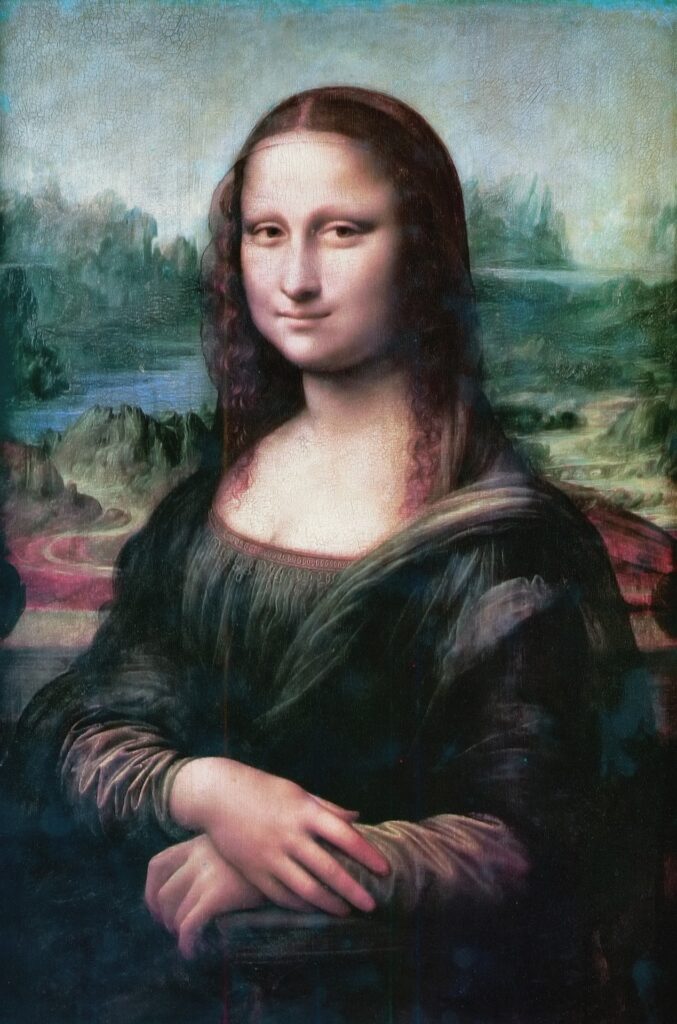
Mona Lisa Image by Welcome to All ! ツ from Pixabay
Afterward, take a stroll through the Tuileries Garden, a public garden, which is located right outside the Louvre. Originally designed in the 16th century for the Tuileries Palace, the garden was opened to the public after the French Revolution and has since become a popular destination for locals and visitors alike.
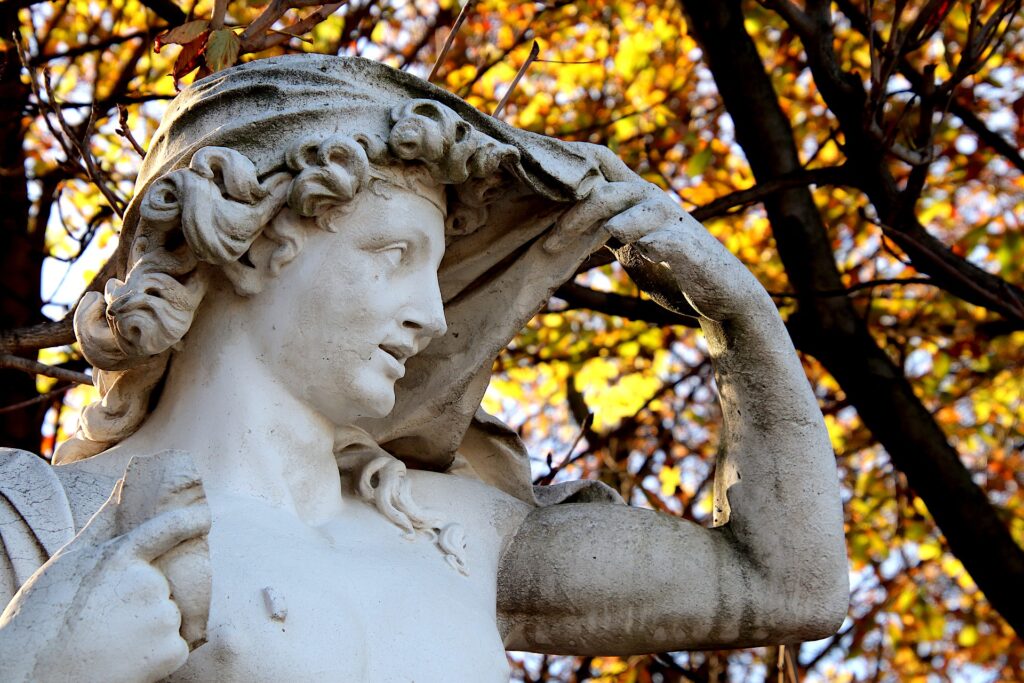
Tuileries Garden Image by Jacques GAIMARD from Pixabay
The garden covers an area of 63 acres and features a formal French-style layout with geometrically arranged flowerbeds, fountains, and statues. Visitors can stroll along the tree-lined pathways, relax on the green lawns, or enjoy a coffee or snack at one of the garden’s cafes.
In addition to its beautiful landscaping, the Tuileries Garden is also home to several notable works of art, including the Jeu de Paume museum, which houses modern and contemporary art exhibitions, and the Musée de l’Orangerie, which contains Monet’s famous Water Lilies series.
The garden offers a peaceful retreat from the busy streets of Paris and is a great place to relax, people-watch, and take in the city’s beautiful architecture. It is a must-visit destination for anyone traveling to Paris.
Head to the Champs-Elysées and walk down the famous avenue, taking in the sights and sounds of the city. It is known for its upscale shopping, restaurants, cafes, theaters, and landmarks such as the Arc de Triomphe. The avenue stretches for about 1.9 kilometers from the Place de la Concorde to the Arc de Triomphe.
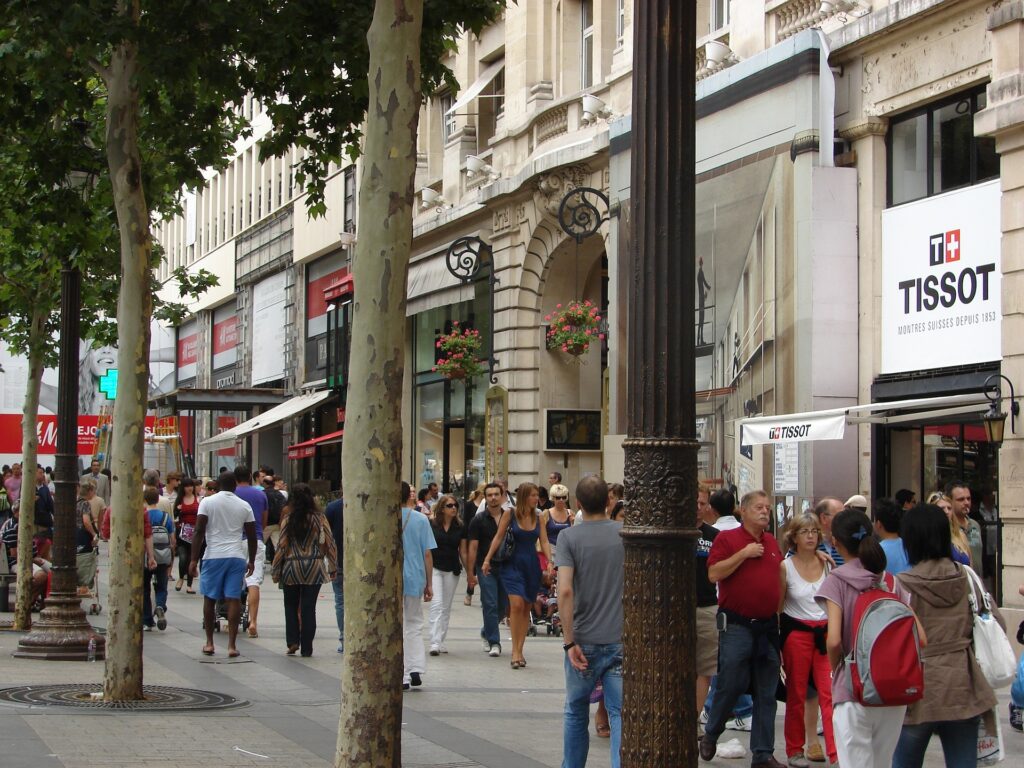
Champs-Elysées Image by Alberto De la Rosa from Pixabay
The name “Champs-Élysées” translates to “Elysian Fields” in English, which is a reference to Greek mythology and the afterlife for heroes. The avenue is also famous for its annual Bastille Day military parade, which takes place on July 14th.
Finish the day with a visit to the Arc de Triomphe, where you can climb to the top for panoramic views of the city. The Arc de Triomphe is one of the most famous monuments in Paris, France. It stands in the center of the Place Charles de Gaulle, at the western end of the Champs-Élysées avenue. The Arc de Triomphe was built in the 19th century to honor the French army and the victories of the French Empire, particularly during the Napoleonic Wars.
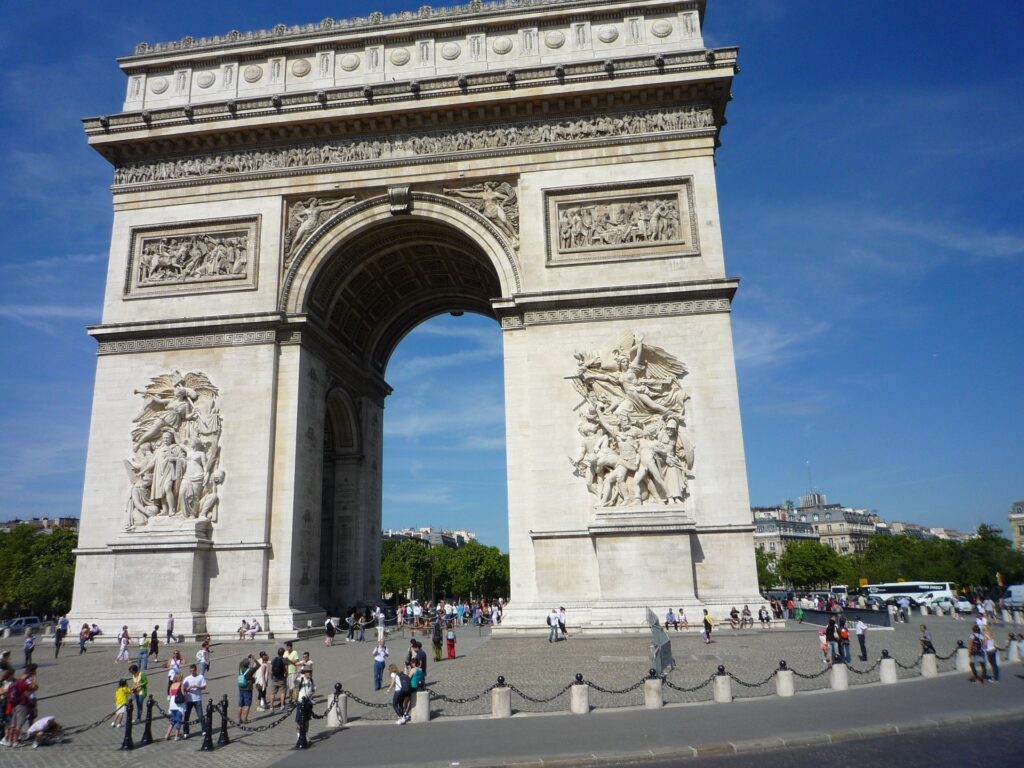
Arc de Triomphe Image by judyma from Pixabay
The arch is 50 meters (164 feet) tall, 45 meters (148 feet) wide, and 22 meters (72 feet) deep. The design of the arch is inspired by ancient Roman architecture, with reliefs depicting various battles and military scenes. Underneath the arch is the Tomb of the Unknown Soldier, which is dedicated to the memory of the soldiers who died in World War I and is a site of commemoration for all those who have died in France’s wars.
Day 3:
Start the day at the Sacré-Cœur Basilica in the Montmartre neighborhood. The basilica is located at the top of a hill, and its white domes and towers can be seen from many parts of the city. Visitors can climb to the top of the dome to get a panoramic view of Paris and stunning views of the city below.
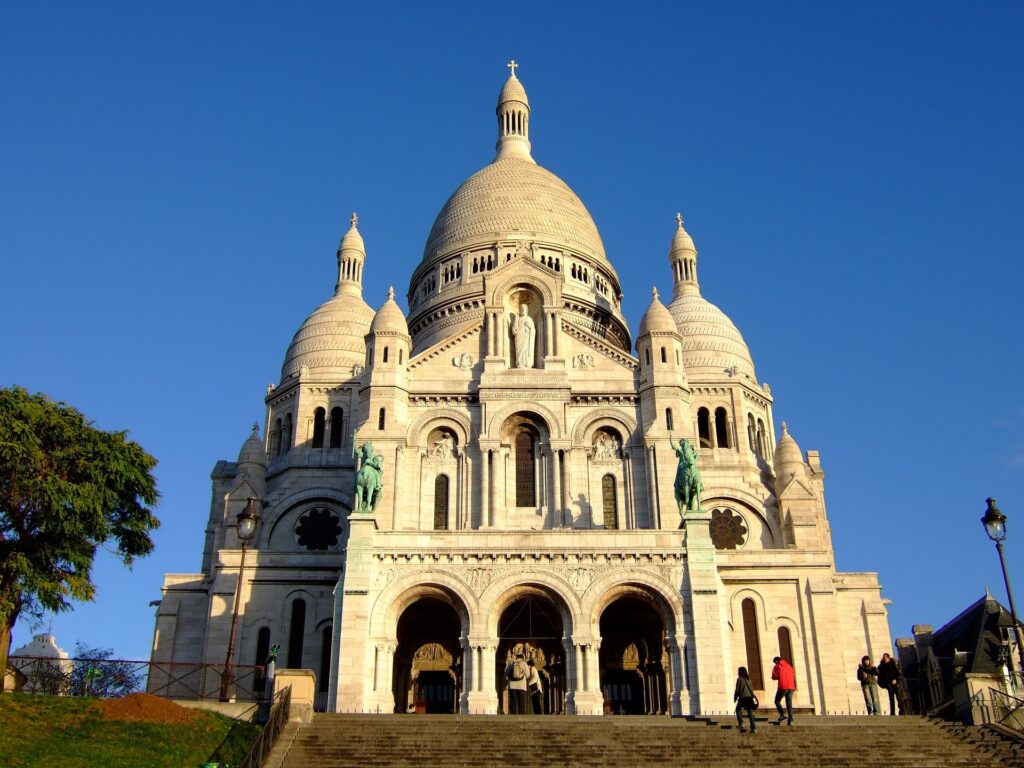
Sacré-Cœur Basilica Image by Mike Brice from Pixabay
The Sacré-Cœur Basilica, also known as the Basilica of the Sacred Heart of Paris, is a famous landmark and religious site. The basilica was built in the late 19th and early 20th centuries, and is dedicated to the Sacred Heart of Jesus.
The architectural style of the basilica is inspired by Byzantine and Romanesque architecture, and it features many intricate details, including mosaics and stained glass windows. Visitors can explore the interior of the basilica, which features many works of art and religious relics. The basilica is also a site of pilgrimage, and visitors can attend mass or participate in other religious services.
Outside the basilica, the Montmartre neighborhood is known for its bohemian vibe, with many artists and street performers, as well as cafes, restaurants, and shops.
Next, visit the nearby Musée de Montmartre to learn about the neighborhood’s history and art. It is dedicated to the history and culture of the neighborhood, which was a center of artistic and intellectual activity in the late 19th and early 20th centuries.
The museum is housed in several historic buildings, including the oldest building in Montmartre, which dates back to the 17th century. The museum’s exhibits include paintings, photographs, posters, and other objects related to the neighborhood’s artistic and cultural heritage. There are also recreated artist studios, such as that of the painter Suzanne Valadon, who lived and worked in Montmartre.
The museum’s collection includes works by many famous artists who lived and worked in Montmartre, including Henri de Toulouse-Lautrec, Pierre-Auguste Renoir, and Vincent van Gogh. The museum also features a garden with a vineyard and a view of the surrounding neighborhood. The Musée de Montmartre is a popular attraction for visitors to Paris who are interested in art, history, and culture. It offers a unique perspective on the history of the city, and its vibrant artistic and intellectual community.
Head to the Île de la Cité and visit the Sainte-Chapelle, which is known for its incredible stained glass windows.
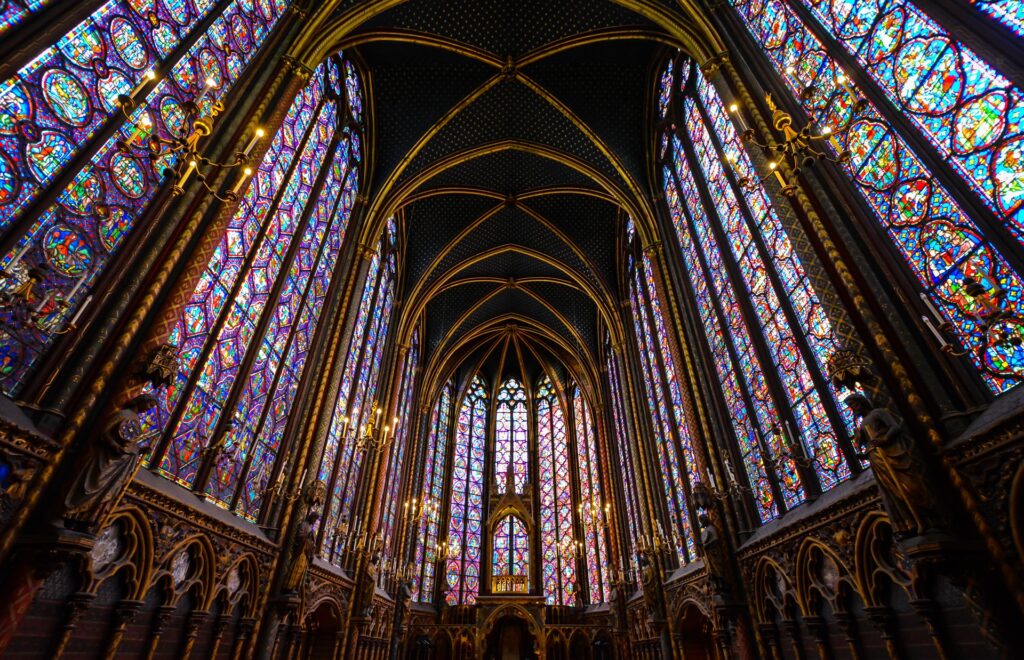
Sainte-Chapelle Image by user32212 from Pixabay
End the day with a visit to the Luxembourg Gardens, where you can relax and take in the beauty of this stunning park. The Luxembourg Gardens, or Jardin du Luxembourg, is a famous park located in the 6th arrondissement of Paris, France. The park covers 23 hectares (57 acres) and is one of the most popular green spaces in the city.

luxembourg gardens Image by Damián Aldeta Fuentes from Pixabay
The Luxembourg Gardens were originally created in the early 17th century as the gardens of the Luxembourg Palace, which was built for Marie de’ Medici, the queen consort of King Henry IV of France. The park features many formal gardens, including a French garden, an English garden, and a geometric forest. There are also many fountains, statues, and monuments scattered throughout the park.
The Luxembourg Gardens is a popular destination for locals and visitors alike, who come to relax, exercise, and enjoy the scenery. The park is home to many activities, including tennis courts, a puppet theater, and a large pond where visitors can rent small sailboats. There is also a small museum located in the park, the Musée du Luxembourg, which hosts temporary art exhibitions.
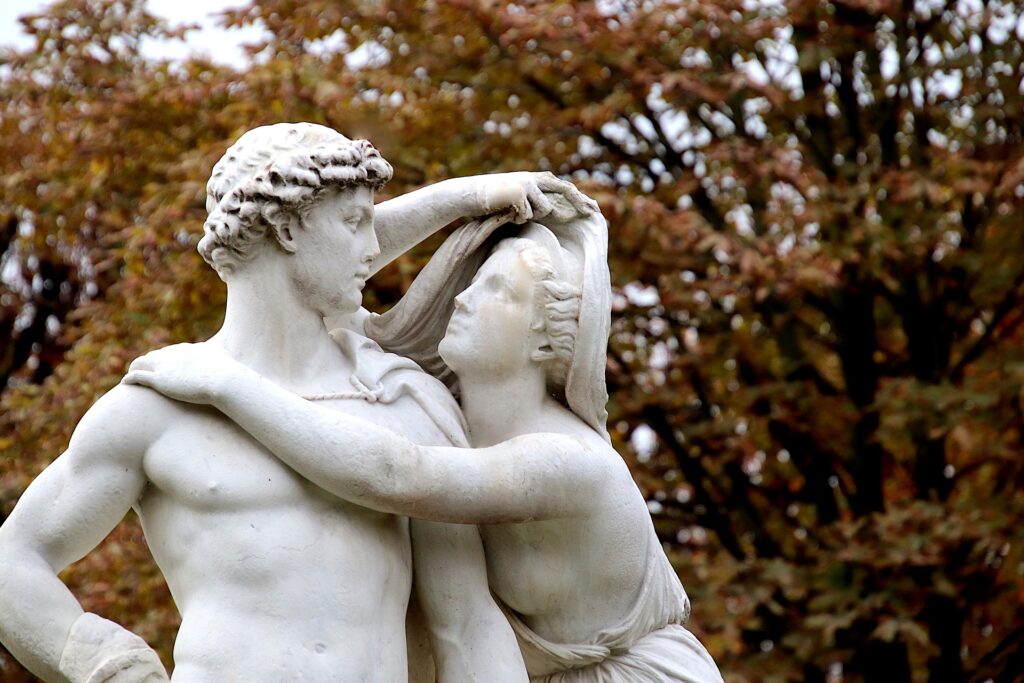
Image by Jacques GAIMARD from Pixabay
Overall, the Luxembourg Gardens is a beautiful and peaceful oasis in the heart of Paris, and a must-visit for anyone looking to experience the city’s natural beauty and charm.
I hope this itinerary helps you enjoy your time in Paris!
At the top of this post, Featured Image by Pexels from Pixabay


